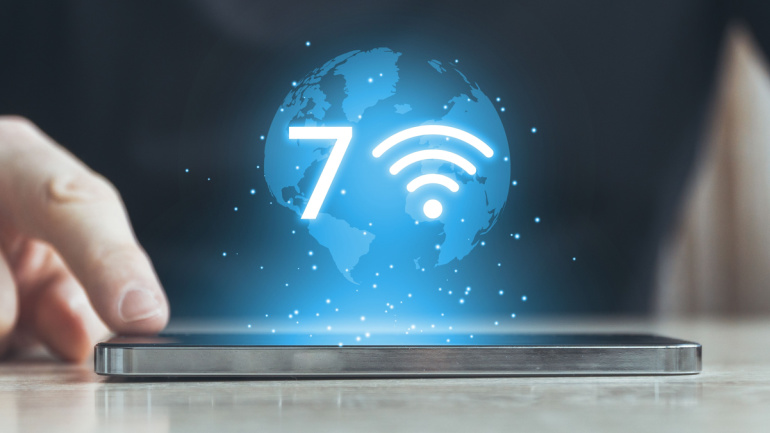The Wireless Broadband Alliance (WBA) recently presented the new iteration of Wi-Fi technology – Wi-Fi 7. As per the association’s claims, this innovative technology will facilitate various applications that are currently deemed impractical or impossible with other wired and wireless technologies.
Wi-Fi 7 promises to deliver double the bandwidth and triple the speed of its predecessor, Wi-Fi 6. This exponential improvement will pave the way for a multitude of new applications, spanning from consumer goods to enterprises, Industry 4.0, medical facilities, and smart city technologies.
Based on the IEEE 802.11be (Extreme High Throughput), Wi-Fi 7 breaks the limitations of Wi-Fi 5 and Wi-Fi 6 which are constrained to 160 MHz, offering channel widths up to 320 MHz. It also supports 4k QAM, an upgraded version of previous standards, which plays a crucial role in providing whole-home multi-Gigabit Wi-Fi service.
Moreover, Wi-Fi 7 devices can use multi-link operation (MLO) in the 2.4 GHz, 5 GHz, and 6 GHz bands. Aggregating multiple links or moving critical applications to the optimal band can increase throughput. This feature is imperative for latency-sensitive applications such as immersive XR/AR/VR, online gaming, and others demanding high throughput, low latency, minimal jitter, and robust reliability.
The WBA is keen on field trials of Wi-Fi 7 networks with tech firms and exploring their deployment across operator, residential, and enterprise networks. The ambitious Wi-Fi 7 project brings a renewed sense of potentiality for enhanced Wi-Fi experiences in the future.
“As Wi-Fi 7 becomes available to all, it will create a new opportunity for businesses, service providers, and smart cities to swiftly deploy enterprise-scale gigabit broadband services outdoor. For instance, MLO-enhanced multi-link single-radio (eMLSR) mode maximizes reliability with link redundancy. At the same time, MLO simultaneous transmit and receive (STR) mode with 5 GHz + 6 GHz bands can meet enterprise backhaul requirements like 10 Gbps throughput,” explains Gabriel Desjardins, Director of Product Marketing, Wireless Communications, and Connectivity Group, Broadcom.
Matt MacPherson, Wireless CTO, Cisco, and Eric McLaughlin, VP & GM Wireless Solutions Group, Intel, also express similar sentiments about Wi-Fi 7 opening new avenues for enterprise and service providers.
To sum up, with a solid fiber connection, the next version of Wi-Fi will create a significant impact with its heightened speed and bandwidth. It will be beneficial for numerous enterprise applications and data-intensive tasks like VR in homes. The promise of Wi-Fi 7 is indeed a sellable proposition when juxtaposed with Meta-verse’s use case for 5G technology. It indeed seems to be the dawn of a new era for wireless connectivity, dictated by the rise of Wi-Fi 7.







